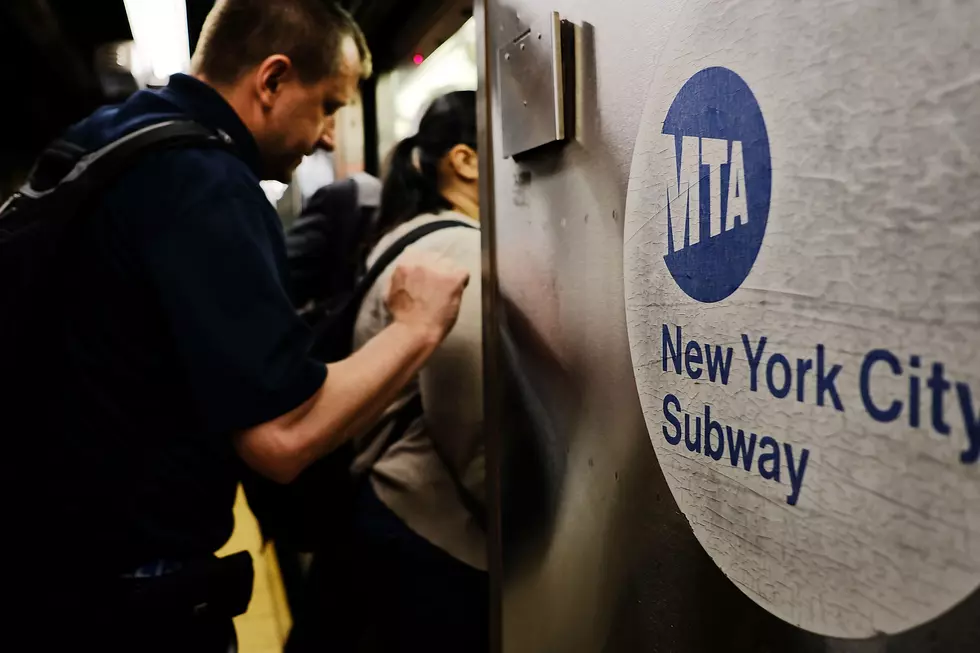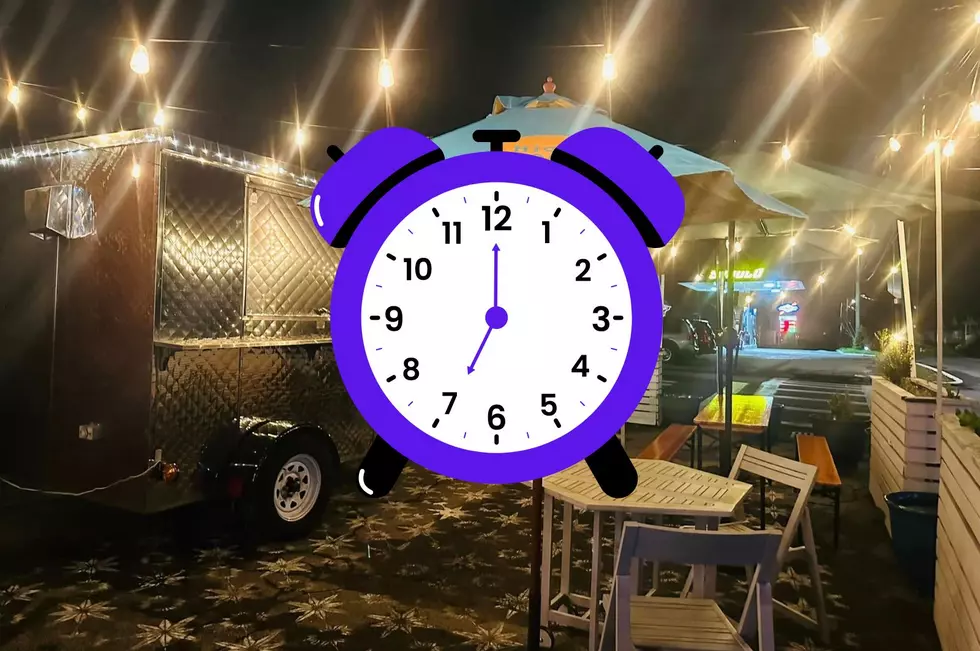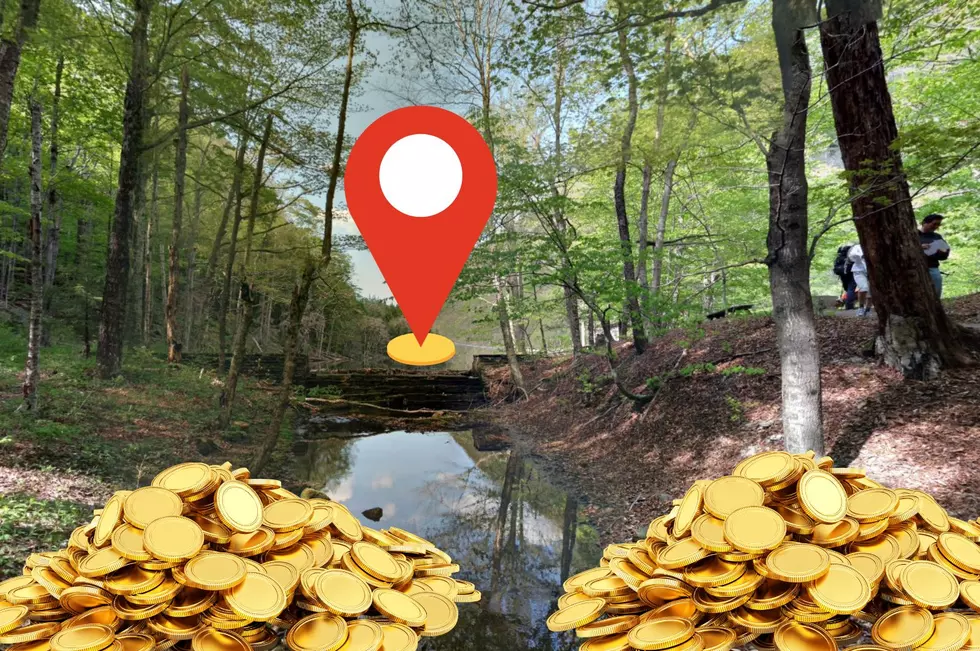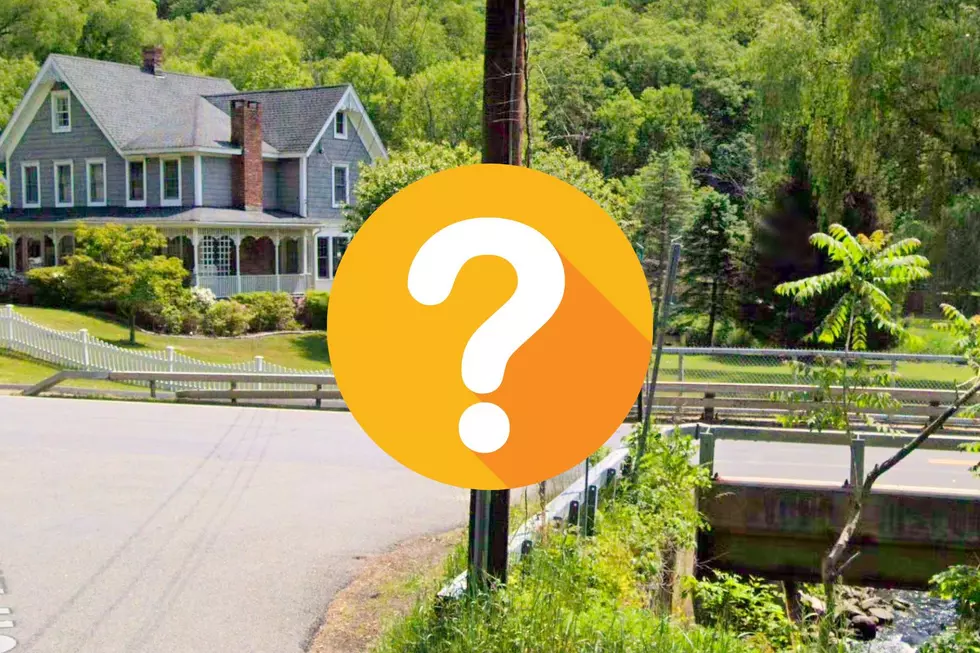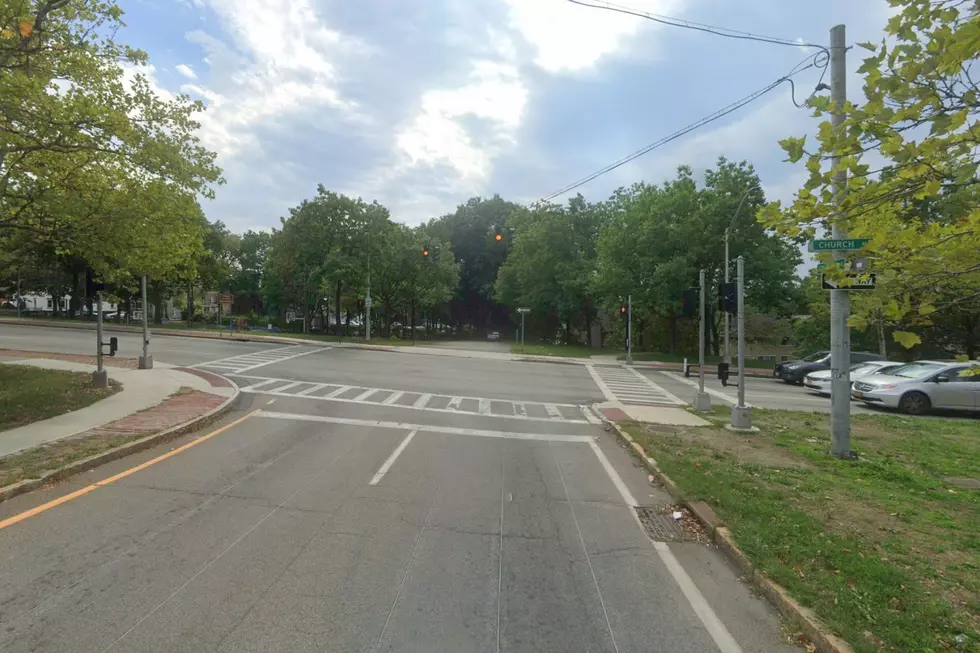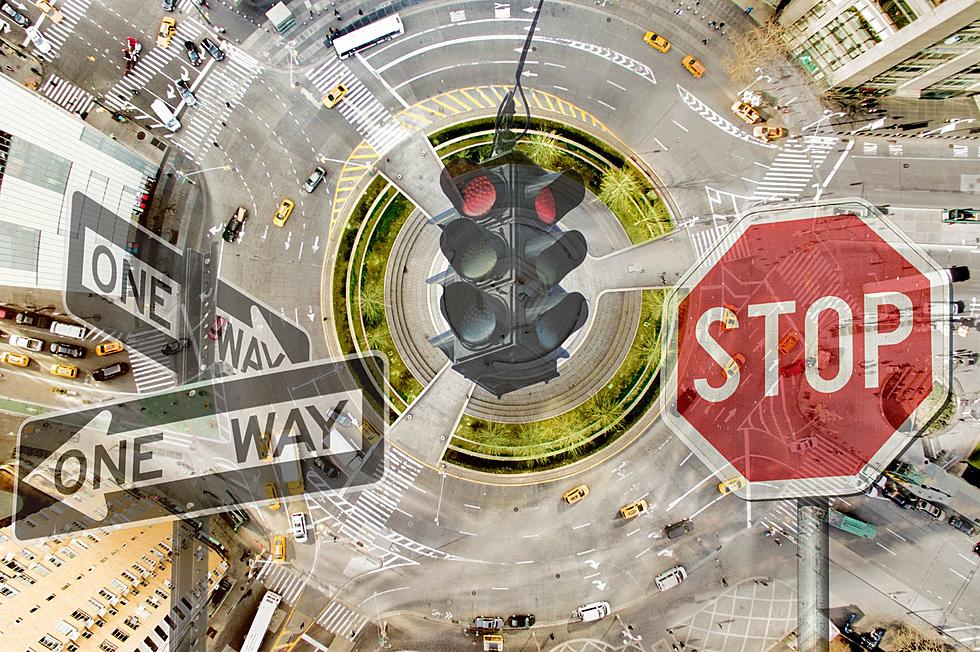
Meet the New York Genius Behind Today’s Traffic Rules
In the early 20th century, the automobile found its way to New York State and the way people traveled was forever changed.

Suddenly, roads were a mixture of not only pedestrians, street cars, and carriages but also fast-moving motor vehicles. This caused massive traffic jams and congestion, leading to the realization that something needed to be done to keep people safe on the roads.
Enter William Phelps Eno. You may not recognize his name, but Eno, who was born in New York in 1858, is often referred to as the father of traffic safety due to his numerous innovations in the field. Ironically, he never learned to drive himself.
In 1900, Eno published an article called "Reform in Our Street Traffic Urgently Needed" which highlighted the desperate need to regulate street traffic. Eno identified three factors necessary to better control traffic: concise and simple rules, wide distribution of the rules, and empowered police officers dedicated to their enforcement.
Eno would go on to write the very first Rules of the Road which were adopted by New York City in 1909, and by London and Paris in the years following. He was dubbed the father of traffic safety, and many of the traffic-flow innovations that the world knows today are a result of his work.
Eno is credited with designing traffic circles which many now call roundabouts or rotaries. The first traffic circle was unveiled as Columbus Circle in New York City in 1905. Eno is also behind the traffic circle surrounding the Arc de Triomphe in Paris. He was the mastermind behind one-way streets, traffic lights, and passing on the right. Eno is also credited with helping invent and popularize stop signs, taxi stands, pedestrian safety islands, and the hard left turn.
Recognition of the contributions made to traffic safety by Eno led to the foundation of the Eno Foundation for Highway Traffic Control in 1921. Today, it is known as the Eno Center for Transportation and is dedicated to improving transportation policy and leadership.
Ten New York State License Plate Laws
Gallery Credit: Traci Taylor
70 Rejected New York License Plates
Gallery Credit: Traci Taylor
More From WRRV-WRRB

